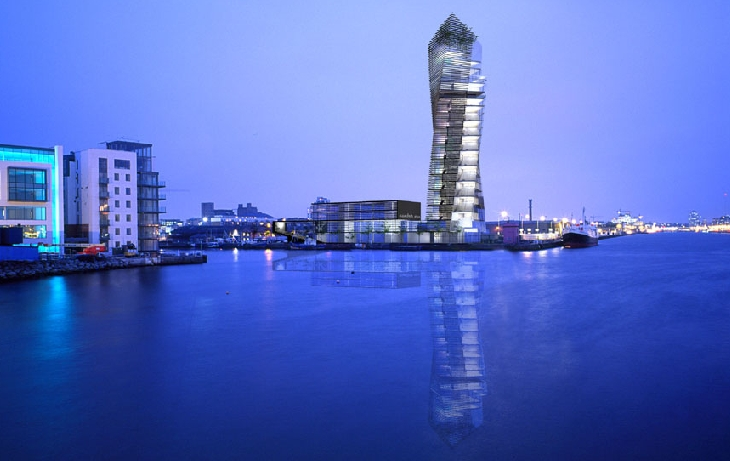Dublin City Council recently published a consultation document, Maximising the City's Potential, which addresses the issue: “High buildings have a part to play as ... high-density clusters with significant capacity to promote urban regeneration and increase Dublin's competitive edge.”
An Taisce has plans to table a strongly worded objection. “These proposals threaten to destroy one of the last great low-rise European city centres,” Lumley says.
The trend for high-rise is not confined to the historic centre of Dublin. In June last year the developer Sean Dunne submitted plans for the seven-acre Jurys Berkeley Court site in the smart neighbourhood of Ballsbridge. These included a 37-storey, 132m tower as the centrepiece: its architect, Ulrik Raysse, described it as “cut like a diamond”. The plans, however, cut no ice with planners: after vociferous local opposition, they requested further details from the developer. These were submitted in January; the council is due to reply by next week.
Fact file
The Dublin Docklands Development Authority, established in 1999, has its own special planning zone, and it has not been reluctant to flex its planning muscle to bring internationally renowned architects to the regeneration project of the docks. The Irish architect Kevin Roche is building a ?400 million (£301 million) convention centre, Studio Libeskind is building a 2,000-seat theatre, and there will be a five-star hotel designed by the architect Manuel Aires Mateus. Other reputed architects have been building bridges across the dock - the Catalan designer Santiago Calatrava is working on the delightfully named Samuel Beckett Bridge.
The Numbers
Stamp duty in Ireland was reformed last year. Seven rates were replaced with two: a 7 per cent levy on properties from ?125,000 (£94,000) to ?1million, and a 9 per cent rate above ?1million.
The average price for a two-bed flat in Co Dublin is ?405,986, down 1.96 per cent in the last quarter of 2007. The average three-bed semi is ?512,657, down 1.13 per cent (www.myhome.ie ).
The number of new-build homes in Ireland is set to fall by almost a third, from nearly 90,000 in 2007 to 50,000-60,000 in 2008 .
-----------------------------------------------------------------------------------------





 cityup.org 传真电话:010-88585380
cityup.org 传真电话:010-88585380